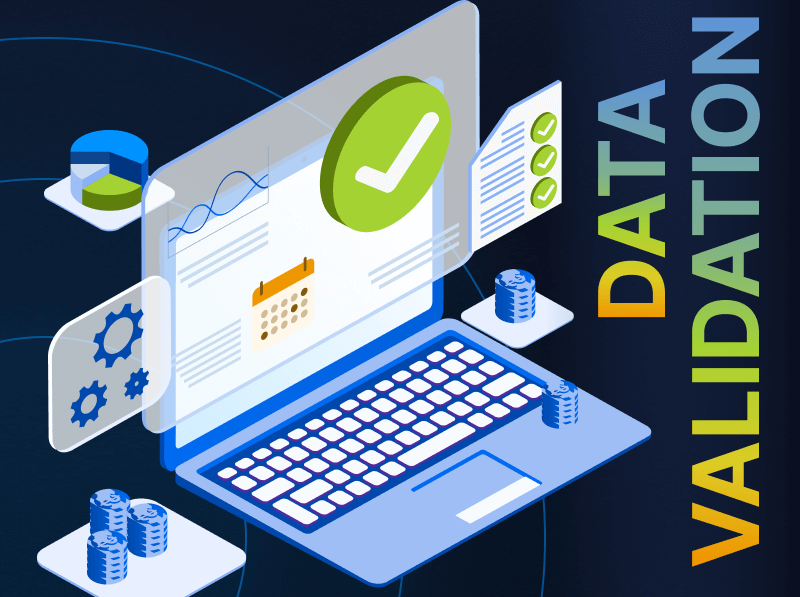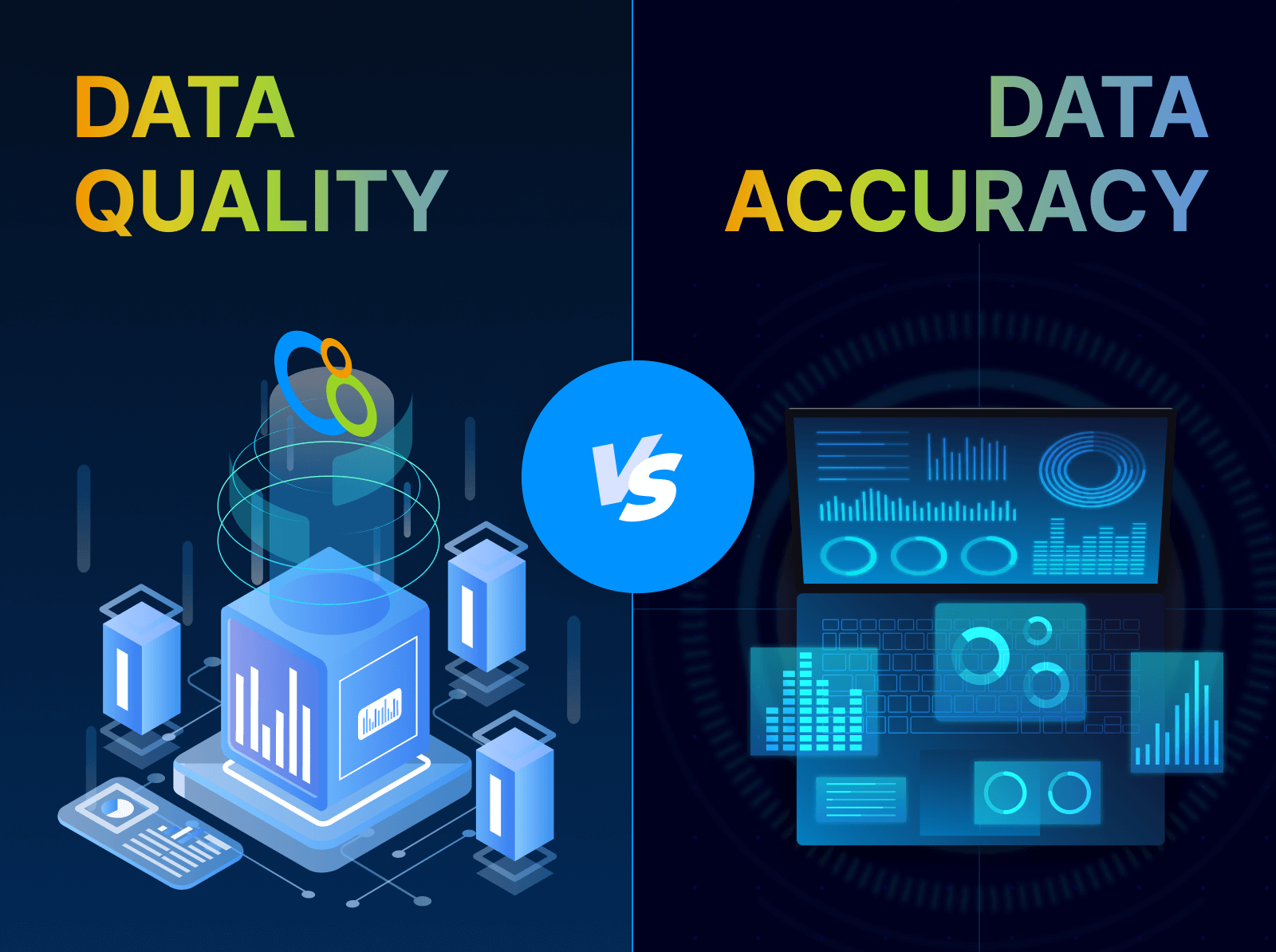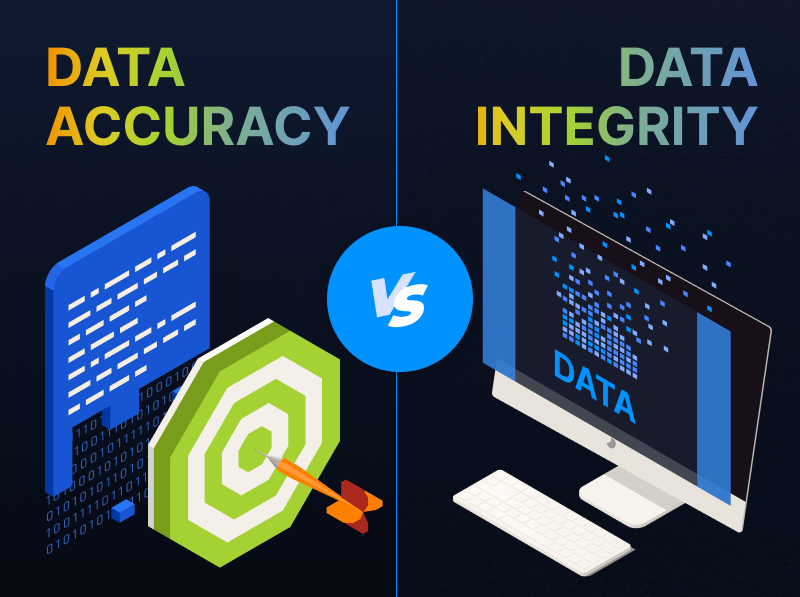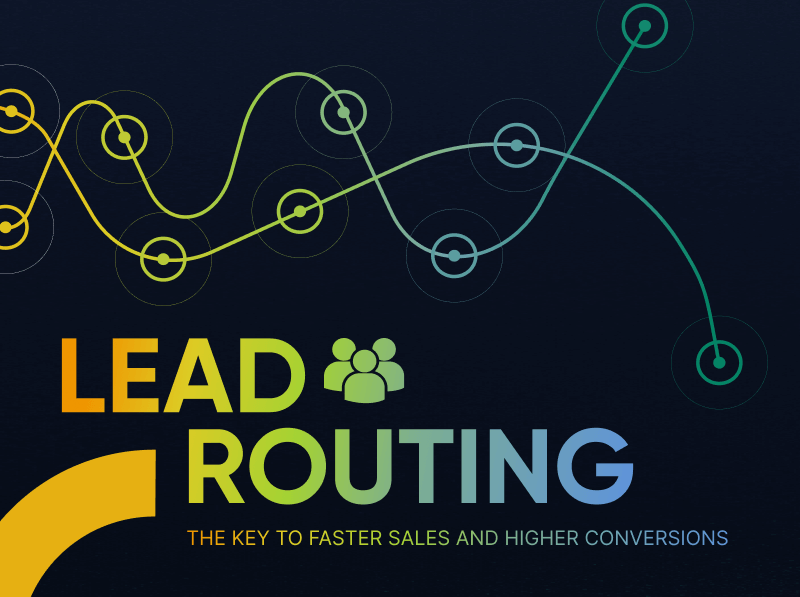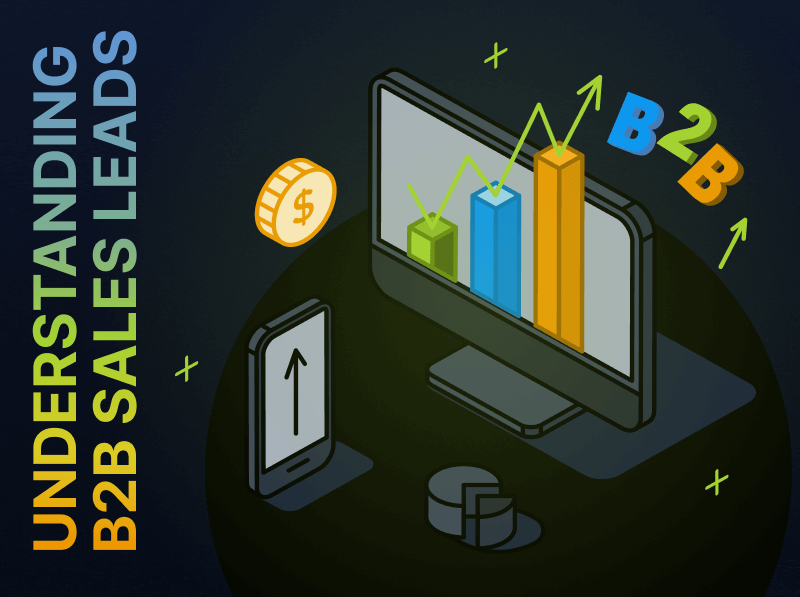Data Validation: The Critical Foundation for Compliant & High-Converting B2B Leads
Sixteen years ago, Kurt Kuenne delivered a heartwarming 16-minute short film about a man who works at a parking validation booth. When people arrive, he doesn’t just punch their tickets; he takes the time to compliment them, handing out verbal validation that draws an ever-growing crowd. From compliments like “You have amazing cheekbones!” to uplifting the entire community, his words eventually reach the President of the United States and other world leaders, inspiring world peace and unity. This man’s ability to make others feel seen and appreciated underscores the profound effect of validation.
In B2B marketing, data validation is a crucial linchpin that goes well beyond compliance. By adopting B2B lead data validation best practices to ensure every contact is accurate, complete, and ready for engagement, teams can also discover how to improve data accuracy in B2B marketing—a vital edge in today’s crowded market.
What is Data Validation?
Data validation is the process of ensuring that information entering your database—names, emails, phone numbers, firmographic details—is complete, accurate, and in the correct format. In B2B marketing, this practice directly influences campaign success, sales efficiency, and ROI. Common data validation steps include:
- Verifying Formats: Checking for properly formatted emails, valid phone numbers, or standardized addresses to meet CRM (customer relationship management) and MAP (marketing automation platform) standards.
- Data Accuracy: First or third party data authenticity verification (Ie, is this email legitimate?).
- De-duplication: Identifying and removing duplicate leads to maintain accurate records.
- Data Compliance: Validating consent for privacy regulations like GDPR, CCPA, or country-specific laws.
- Lead Acceptance Rules: Applying business rules (e.g., job title, industry) to confirm each lead meets quality requirements for scoring and moving through the sales funnel into downstream systems and workflows.
The goal of data validation is to deliver only trusted, compliant lead data, ready to fuel effective campaigns.
The Difference Between Data Validation and Data Transformation
While both data validation and data transformation are essential lead management practices that address data governance and quality, they serve distinct objectives:
- Data Validation: Focuses on confirming accuracy, completeness, and compliance. It ensures each field or record adheres to a defined standard.
- Data Transformation: Focuses on reformatting or altering data for operational or analytical efficiency, such as normalizing field values or changing data types. Learn more about data transformation here.
Think of a backstage pass for a major concert. Data validation checks that the pass is genuine, tied to the right person, and valid for the correct date. Data transformation modifies or reconfigures that pass—for instance, adding special access privileges or converting it from a physical badge to a digital QR code—so it can be used across different contexts. Both are critical to the overall experience, but they address different needs in the process.
Why B2B Lead Data Validation Matters
Working with verified, high-quality information is a cornerstone of any successful marketing operation. Below are four reasons to prioritize lead data validation, each contributing to more effective campaigns and better alignment with sales:
- Data Accuracy: Clean, reliable data ensures you can confidently segment and target high-value leads, increasing the likelihood of successful conversions.
- Lead Validation: Quality checks ensure you’re not chasing irrelevant or low-potential leads, saving time and resources.
- Data Compliance: With global and region-specific regulations like GDPR, CCPA, and CASL, it’s critical to validate and track consent, ensuring your brand is protected from potential legal and financial repercussions.
- Lead Governance: Setting standardized rules and processes for your incoming data helps maintain a consistent lead pipeline, aligning marketing efforts with sales priorities.
By emphasizing these fundamentals of lead data validation, you’ll establish a stronger, more compliant foundation for all your marketing activities—and set the stage for sustained growth and collaboration. However, what happens when these practices are overlooked or minimized?
Consequences of Poor Lead Validation
As explained in our 1-10-100 rule blog post, poor data carries a price tag that extends well beyond the cost of your marketing program. Overlooking lead data validation can erode sales and marketing trust, strain your team’s bandwidth, and jeopardize compliance. Here are the key drawbacks you risk facing:
- Wasted Marketing Spend: Inaccurate data leads to targeting the wrong contacts, squandering budget on unproductive campaigns.
- Damaged Sender Reputation: Sending emails to invalid addresses hurts deliverability rates and can get you flagged as spam. Email deliverability experts like Validity (formerly Return Path) emphasize that high bounce or complaint rates lower your sender score, increasing the risk of blacklisting by major ISPs and filtering services like Spamhaus or Cisco Talos.
- Compliance Risks: Failing to validate lead consent can expose your organization to hefty fines and legal disputes. Under the EU’s GDPR for example, penalties can reach up to €20 million or 4% of worldwide annual revenue — whichever is higher. In the U.S., failure to comply with the CAN-SPAM Act can also result in significant fines, while Canada’s CASL levies penalties of up to $10 million CAD.
- Operational Inefficiencies: Manual data clean-up slows your team’s productivity, delaying crucial follow-up activities.
- Misalignment With Sales: If leads are riddled with errors, sales teams lose confidence in marketing’s data, causing friction and missed revenue.
By recognizing these pitfalls and addressing them proactively, you’ll save time, reduce costs, and maintain stronger relationships with both prospects and colleagues across your organization.
How To Improve B2B Lead Data Accuracy
Data accuracy is often inherently complex and requires a holistic plan that addresses processes, technology, and cross-team collaboration. Below are B2B lead data validation best practices marketing operations professionals can take to ensure data remains accurate, compliant, and capable of driving meaningful results.
1. Automate the Process
- Start Small and Scale: Tackle your data validation in phases. Begin with critical fields such as email addresses, then expand to phone numbers, mailing addresses, and more nuanced fields.
- Use lead management or marketing automation platforms to check for duplicates and incorrect fields in real-time.
- Integrate third-party validation services to verify emails, phone numbers, and addresses at the point of entry.
- Leverage AI and Automation: Tools that can spot anomalies, auto-correct errors, and help prioritize high-potential leads.
2. Define Data Standards
- Establish clear formatting rules (e.g., phone number lengths, country codes, address structures).
- Create standardized field values for job titles, industries, and regions to ensure consistency.
- Document Your Processes: Maintain a living playbook of data validation rules and best practices, sharing it across teams for consistency and onboarding.
3. Clean Existing Databases
- Conduct regular database hygiene exercises to update, correct, and remove outdated records.
- Implement de-duplication tools to avoid multiple entries for the same lead or company.
4. Align With Compliance Requirements
- Track and store consent records for each lead.
- Enforce rules for data retention and disposal to remain compliant with privacy regulations.
- Stay Current With Compliance Changes: Appoint a data privacy champion who keeps an eye on evolving regulations and updates your processes accordingly.
5. Monitor and Measure
- Set KPIs such as “validation success rate” or “duplicate ratio” to gauge the effectiveness of your efforts.
- Report on improvements in lead quality and conversion rates, sharing results with cross-functional teams.
- Foster Collaboration: Involve sales teams and other stakeholders early, ensuring that validation rules align with their needs and expectations.
How Integrate Can Help
Integrate specializes in bringing together lead management and data governance to ensure only clean, compliant data reaches your downstream systems. Our platform:
- Automates Lead Validation: Real-time checks catch duplicates, invalid emails, or missing fields before leads go live.
- Enforces Compliance: Built-in rules confirm each lead meets GDPR, CCPA, and regional privacy standards.
- Centralizes Data: Ingest all your leads into a single platform for consistent data formatting, enrichment, and routing, which streamlines data use in downstream platforms like MAPs and CRMs.
- Provides Actionable Insights: Customizable dashboards help measure validation success, identify campaign gaps, and optimize performance.
With Integrate, B2B marketers eliminate bad data at the source, boost data accuracy, and maintain tighter lead governance without compromising operational efficiency.
Conclusion
From a parking attendant’s warm compliments to the next-level trust you create through thorough data checks, data validation is the bedrock of reliability in B2B marketing. By making data validation a habit—integrating it into your daily operations and aligning it with compliance—you protect your marketing investment, maintain high deliverability rates, and foster stronger sales relationships.
If you’d like to dive deeper into data governance practices, read our post on What Is Data Governance?. And for practical ways to specifically clean marketing data, download our report on The Data Cleansing Dilemma.
As marketing lead channels multiply and privacy regulations evolve, validated data becomes the dependable foundation your organization needs. Your efforts, resources, and brand reputation all deserve the assurance that only clean, correct, and compliant data can provide. It’s not just about punching the ticket—it’s about making every interaction count.
